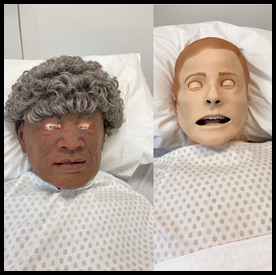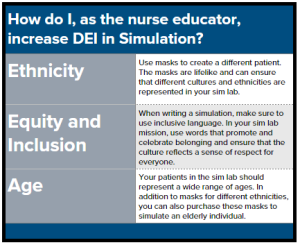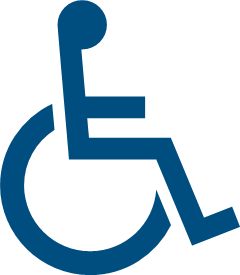5

Simulation
Promoting diversity in the simulation environment is challenging. For many years, companies produced only a light skin tone manikin that was usually male in presentation. This concept created a great need for growth in the simulated environment. However, in recent years many manikins are now available in different ethnicities, sexes, and sizes. With the addition of augmented reality, virtual reality, avatars, and virtual clinical experience, faculty can immediately increase the DEI with essentially any type of patient and disease process that is required to achieve learning objectives.

As clinicians, nurses come in contact with many diverse populations. Thus, their simulated patients should represent a wide array of cultures, backgrounds, ages, gender, and body builds (for more suggestions on how to increase DEI in simulation, see table on next page). As time and technology have progressed, the simulation community has experienced some growth in regard to the type of manikin that is available. When purchasing equipment for your sim lab, ensure that you appraise companies that make light, dark, and medium skin tone manikins. In healthcare, we treat a variety of diverse populations. Thus, it is important to replicate this care delivery in the simulation environment. Simulation environments in the ACONHP at UNA have implemented these practices which include using lifelike masks, that reflect a variety of skin tones and ethnicities (see Picture for a comparison of the manikins with and without a mask).
For insight on the best standards to follow, Nurse Educators should always consult the standards set by the International Nursing Association for Clinical Simulation and Learning (2021) (available at https://www.inacsl.org/healthcare-simulation-standards).

Standardized Patients
A standardized patient (real/live human) is a great and relatively inexpensive way to increase diversity within a simulation. When employing a standardized patient, Nurse Educators should ensure that the correct ethnicity is represented. By doing this, realism is achieved for the learner while also creating a sense of inclusion for all people. Ensuring everyone is welcome, respected, and accepted is important to achieving learning outcomes and producing stellar clinicians.
Simulation Tip: In order to truly increase inclusivity, use a standardized patient that requires an assistive device like a wheelchair. This not only helps students learn to care for a client using the device, it also helps them to learn from a person truly using the wheelchair in everyday life.



